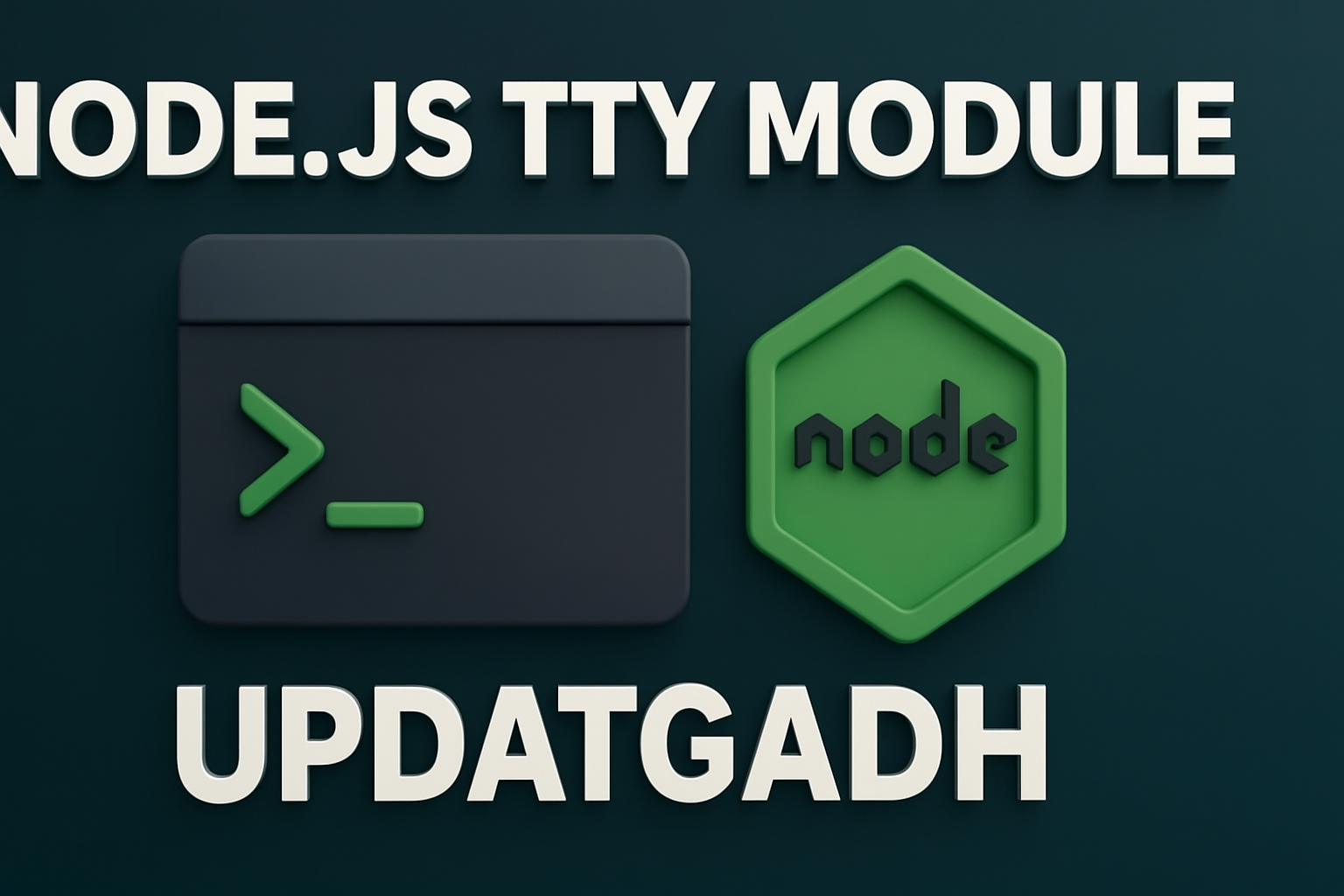
Node.js Timer
Node.js Timer
In Node.js, timer functions are global functions, which means you don’t need to import or require any module to use them. These functions are commonly used to schedule code execution after a delay, repeatedly at intervals, or immediately after the current event loop phase.
Introduction to Applied AI:–Click Here
Let’s go through the main timer functions available in Node.js.
Set Timer Functions
- setImmediate() → Executes a callback immediately after the current event loop phase.
- setInterval() → Executes a callback repeatedly after a specified interval.
- setTimeout() → Executes a one-time callback after a specified delay in milliseconds.
Data Science Tutorial:-Click Here
Clear Timer Functions
- clearImmediate(immediateObject) → Stops an
immediateObjectcreated bysetImmediate(). - clearInterval(intervalObject) → Stops an
intervalObjectcreated bysetInterval(). - clearTimeout(timeoutObject) → Cancels a
timeoutObjectcreated bysetTimeout().
Download New Real Time Projects :-Click here
Node.js setInterval() Example
This example prints a message every 1000 milliseconds until the process is terminated.
File: timer1.js
setInterval(function() {
console.log("setInterval: Hey! 1 second completed!..");
}, 1000);
Run the file in the Node.js command prompt:
node timer1.js
Example 2 – Incrementing Counter
Machine Learning Tutorial:–Click Here
File: timer5.js
var i = 0;
console.log(i);
setInterval(function() {
i++;
console.log(i);
}, 1000);
Run with:
node timer5.js
Node.js setTimeout() Example
Complete Advance AI topics:- CLICK HERE
Example 1 – Basic Timeout
File: timer1.js
setTimeout(function() {
console.log("setTimeout: Hey! 1000 millisecond completed!..");
}, 1000);
Run with:
node timer1.js
Example 2 – Recursive Timeout
File: timer2.js
var recursive = function () {
console.log("Hey! 1000 millisecond completed!..");
setTimeout(recursive, 1000);
}
recursive();
Run with:
node timer2.js
This demonstrates how setTimeout() can be used recursively to mimic the behavior of setInterval().
Deep Learning Tutorial:– Click Here
Using clearTimeout() and clearInterval()
Example 1 – Clearing Timeout
File: timer3.js
function welcome () {
console.log("Welcome to Updategadh!");
}
var id1 = setTimeout(welcome, 1000);
var id2 = setInterval(welcome, 1000);
clearTimeout(id1);
//clearInterval(id2);
Download New Real Time Projects :–Click here
Run with:
node timer3.js
In this case, the timeout is cleared, so only the interval will run.
Complete Python Course with Advance topics:-Click Here
Example 2 – Clearing Interval
File: timer3.js
function welcome () {
console.log("Welcome to Updategadh!");
}
var id1 = setTimeout(welcome, 1000);
var id2 = setInterval(welcome, 1000);
//clearTimeout(id1);
clearInterval(id2);
SQL Tutorial :–Click Here
Run with:
node timer3.js
Here, the interval is cleared, so only the single timeout executes.
node js setinterval
nodejs settimeout
nodejs timer example
node:timers/promises
nodejs.timer typescript
node:timers/promises settimeout
node js sleep
nodejs setimmediate
node js timer example
node js timer download
node js timer w3schools
node js timer tutorial










Post Comment